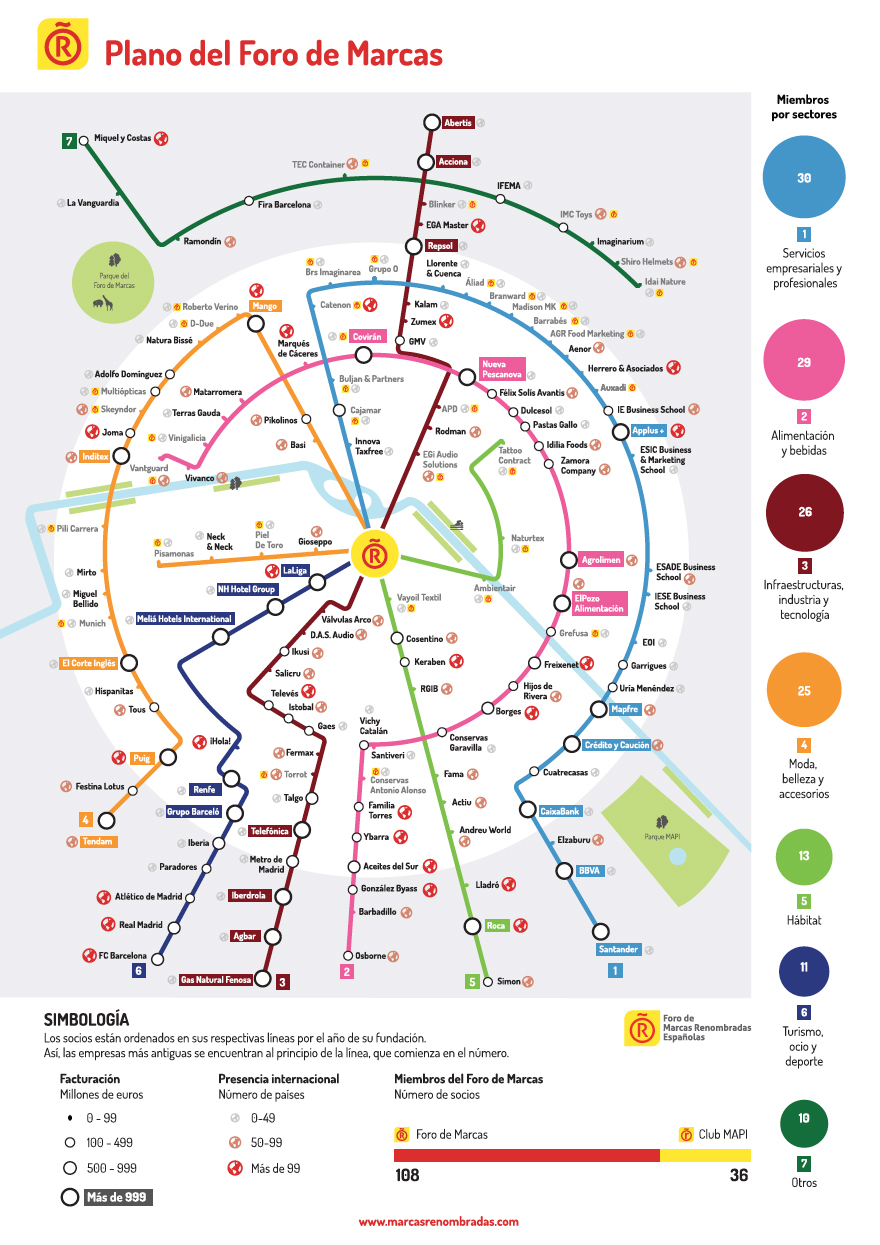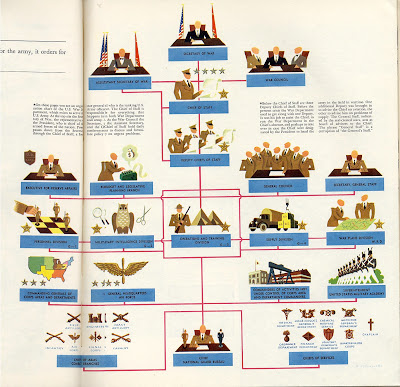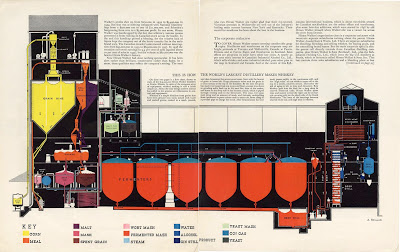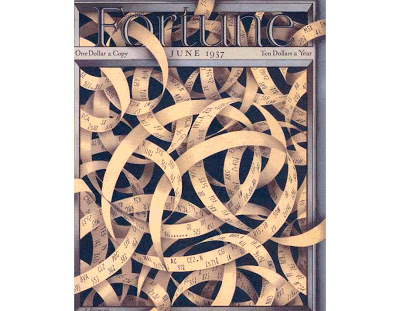Capítulo 1: EEUU
La ruta 66 del periodismo interactivo
Llega septiembre y volvemos a poner el tren de la visualización a toda máquina. ¡A por ello! Vamos a recoger algunos sitios digitales con buenas experiencias en gráficos de datos y narración visual. Ellos han hecho todo lo posible para ayudarnos a comprender mejor lo que sucede a nuestro alrededor con la ayuda de gráficos, mapas, infografías y piezas interactivas.
Detrás de cada periodista existe una persona con sus propios prejuicios, que piensa y trabaja con sus propias creencias y perspectivas, y que pueden influir en su trabajo. Por tanto, los datos promueven el conocimiento público de la información, agregando certeza en algunos casos pero también incertidumbre.
Claves de su estilo:
– Observación: Historias basadas en la evidencia. Existen diferentes formas de evidencia (datos, informes, experiencia de primera mano, investigación académica, etc.). Se trata de descubrir nuevos conocimientos, responder a más preguntas y tomar mejores decisiones o entender mejor el entorno que nos rodea.
– Precisión e integridad: Intentan ser lo más precisos y rigurosos en la presentación de la información y probar sus hipótesis y suposiciones.
– Transparencia: tratan de explicar cómo llegan a sus conclusiones y, siempre que es posible, comparten los datos detrás de sus historias.
– Personalidad: Son periodistas brillantes, con un estilo único, limpio y claro. La visualización pone hechos y cifras en contexto de una manera atractiva, lo que ayuda a que más personas aprendan con los datos.
– Tecnología: apuesta definitiva por la red y las nuevas tecnologías. Estadística, matemáticas, programación, bases de datos.
– Inversión: Los equipos de datos y gráficos son grandes y multidisciplinares: diseñadores, desarrolladores, analistas de datos, cartógrafos, ilustradores, editores y contadores de historias.
El creciente uso de la visualización de datos dentro del periodismo significa que hay un cambio de la escritura como principal modo semiótico a los datos y la visualización como elementos centrales en la narración periodística.
A continuación listamos algunos medios interesantes para conocer mejor el mundo de la visualización informativa. Como dice el dicho popular, ni son todos los que están, ni están todos los que son. Adentrémonos en la madre de todas las carreteras visuales de la mano de estas diez bestias pardas.

1. Bloomberg, Bloomberg LP
Nueva York, EEUU
Bloomberg ofrece noticias, datos, análisis y videos de negocios y mercados al mundo, con las historias de Businessweek y Bloomberg News.
Acceso por subscripción: 299 dólares anuales.
Referencias: Dave Merrill
En Twitter
Ver gráficos.

2. The Wall Street Journal, Almar Latour.
Nueva York, EEUU
El mítico diario de las finanzas de Wall Street.
Acceso por subscripción: 9.99 euros al mes.
Referencias: Stuar A. Thompson, Tonia Cowan, Randy Yelp, Stephanie Stamm, Hanna Sender, Matthew Weber
Libro: The Wall Street Journal Guide to Information Graphics.
En Twitter.
Ver gráficos.

3. The New York Times, AG Sulzberger
Nueva York, EEUU
El diario líder mundial en diseño, infografía e interactividad (Documentary Emmys, Malofiej Awards, Press Club Awards, World Press Photo, SND World´s Best Designed Newspapers, Internacional Reporting Polk Awards, Online Journalism Awards, Ellie Awards…). Su sala de trofeos periodísticos no tiene parangón.
El modelo a seguir por el resto de los mortales.
Referencias: Steve Duenes, Aron Pilhofer, Gabriel Dance, Matthew Ericson, Andrew DeVigal, Archie Tse, Mike Bostock, Jeremy Ashkenas, Matt Ericson
Galería de Premios
En Twitter
Ver gráficos
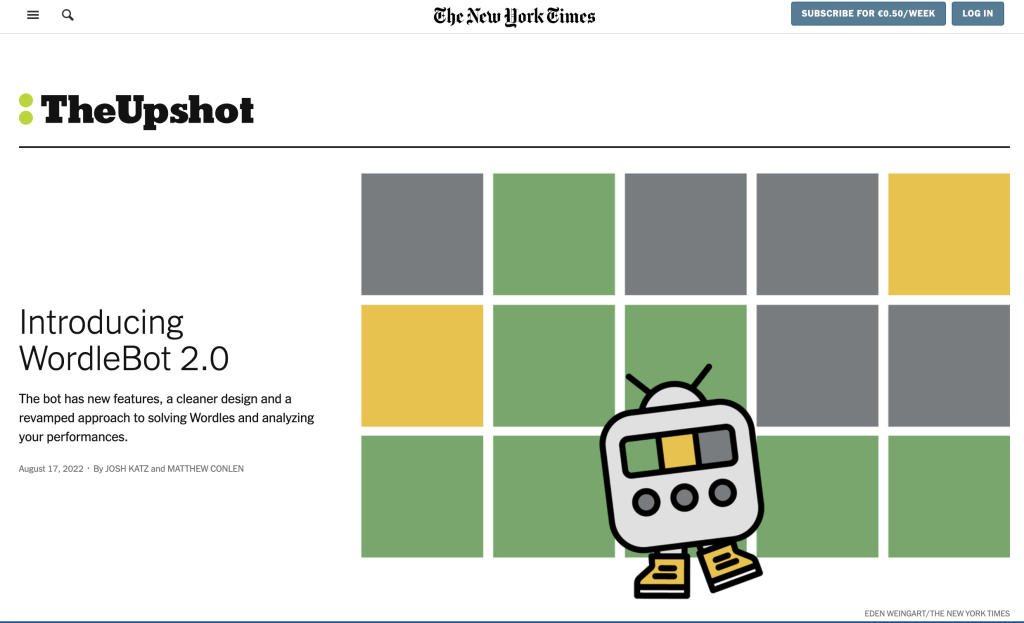
4. The Upshot, Walt Disney Co.
Nueva York, EEUU
The Upshot es una revista web publicada por The New York Times que difunde artículos que combinan la visualización de datos con el análisis periodístico de noticias.
Referencias: Steve Duenes, Amanda Cox, Nate Silver.
En Twitter.
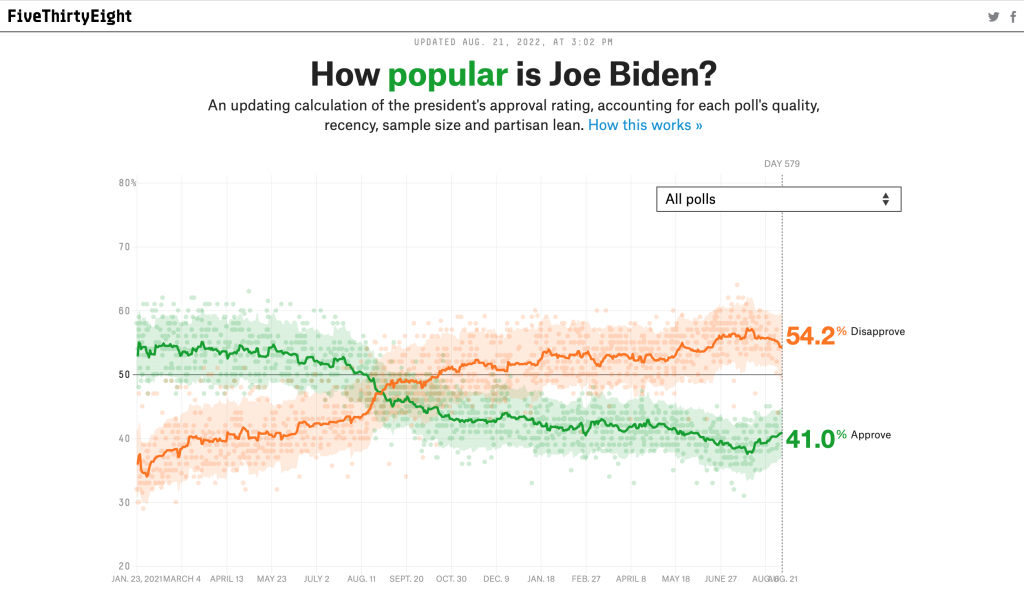
5. FiveThirtyEight, ABC News Internet Ventures.
Nueva York, EEUU
FiveThirtyEight, a veces representado como 538, es un sitio web que se centra en el análisis de encuestas de opinión, la política, la economía y los blogs deportivos.
Referencias: Nate Silver.
En Twitter
Su misión
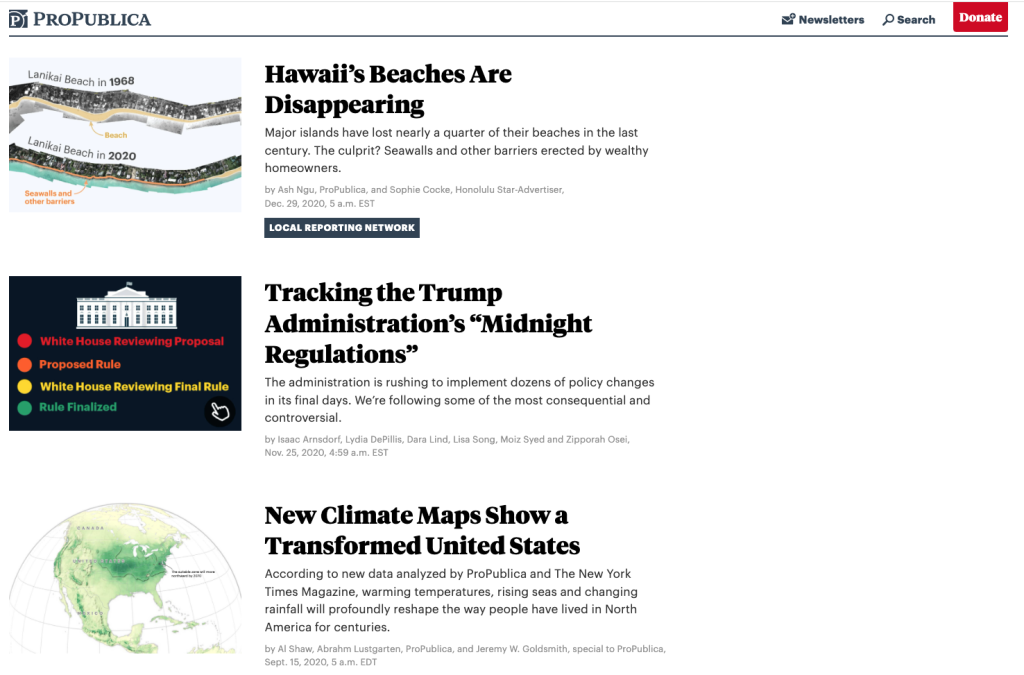
6. ProPublica, Pro Publica Inc.
Nueva York, EEUU
ProPublica es una redacción independiente sin fines de lucro que produce periodismo de investigación de interés público.
Referencias: Lisa Larson-Walker, Lena V. Groeger, Lucas Waldron, Ryann Grochowski, Mauricio Rodriguez
Ver gráficos
Periodismo visual
Data Institute
En Twitter
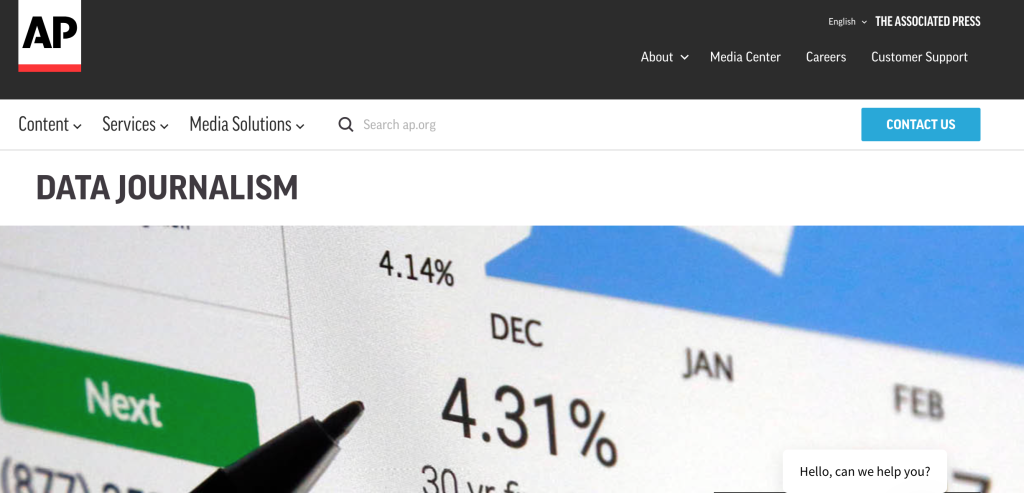
7. AP, Associated Press
Nueva York, EEUU
El departamento de gráficos de la agencia Associated Press.
Referencias: Justin Myers, Michelle Minkoff
Data
Ver gráficos.
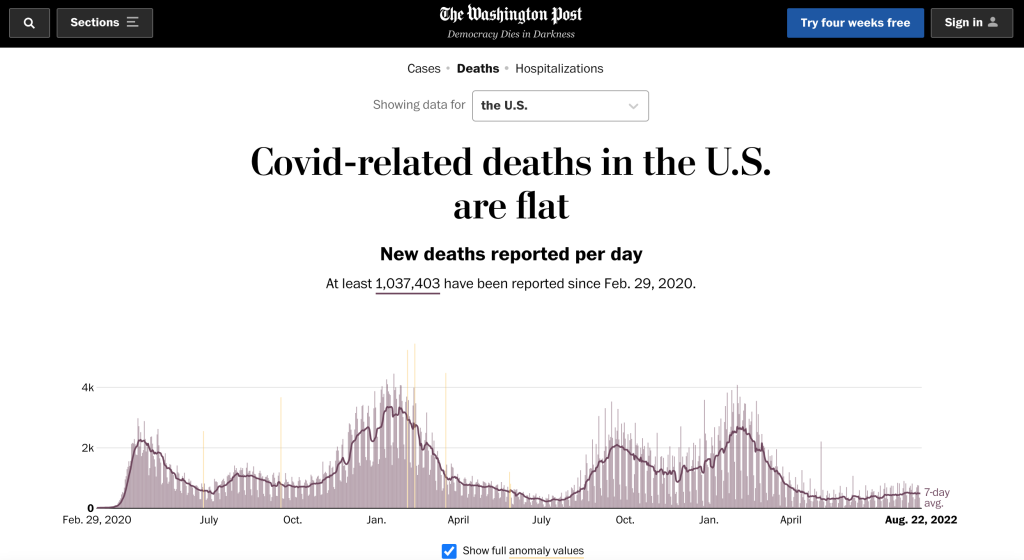
8. The Washington Post, Nash Holdings LLC
Washington DC, EEUU
El diario del Distrito de Columbia lleva años invirtiendo en su equipo de datos y gráficos y ya es un Tyrannosaurus Rex del lenguaje multimedia y los datos.
Acceso por subscripción: 50-70 euros al año.
Referencias: Chiqui Esteban, Tim Meko, Manuel Canales, Joe Fox, Monica Ulmanu, Lauren Tierney, Meghan Hoyer, Brenna Maloney
En Twitter

9. USA Today, Gannett
Washington DC, EEUU
El diario que trajo el color y la infografía a las portadas en los 90, en el podio de las tecnologías de la información.
Referencias: George Rorick, Sam Ward, Jeff Goertzen, Javier Zarracina
En Twitter
Ver gráficos.
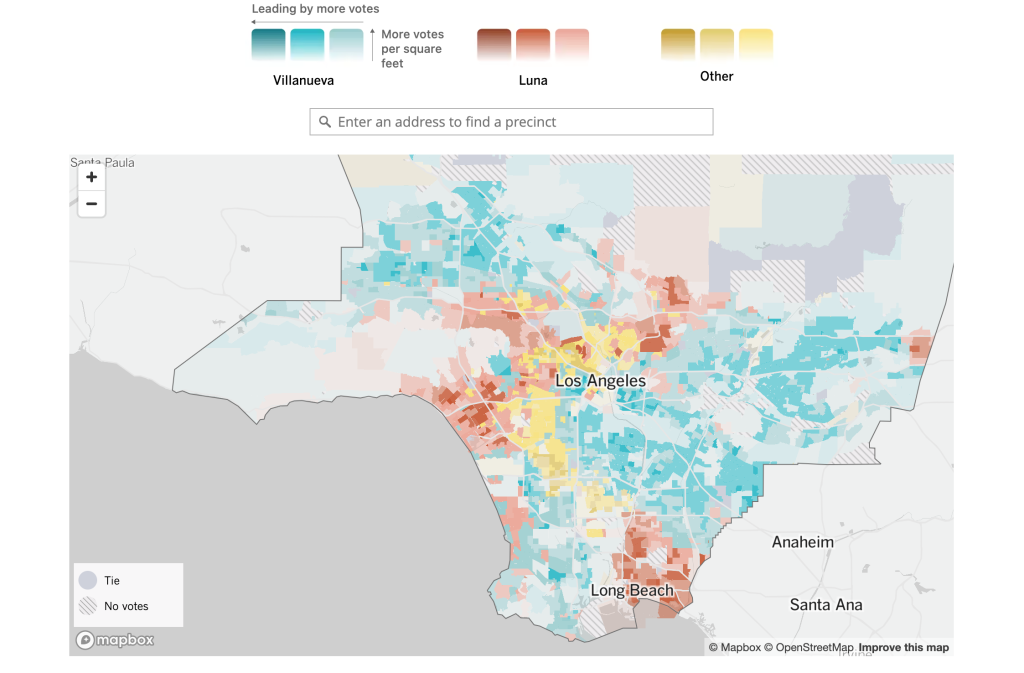
10. Los Angeles Times, Tribune Company.
LA, EEUU
La reina visual del Oeste americano.
Acceso por subscripción: 299 dólares anuales.
Referencias: Hanna Sender
En Twitter
En GitHub
En Observable
Un ejemplo.
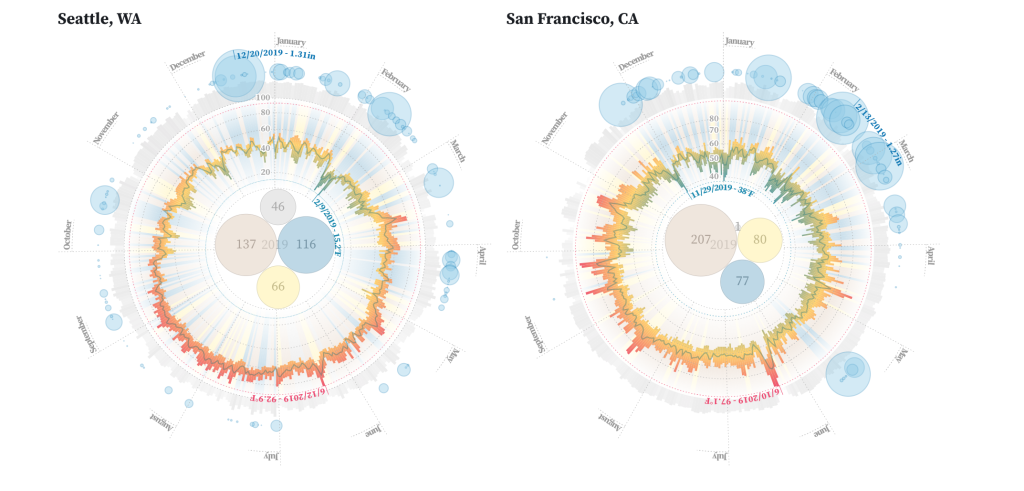
Anexo 1. Observable
San Francisco, EEUU
Plataforma libre donde las personas pueden trabajar juntas para explorar, analizar y comunicarse con los datos directamente en el navegador. Según su lema: ‘Construyendo el futuro del trabajo colaborativo con datos’. A venido para quedarse.
Referencias: Melody Meckfessel, Mike Bostock
En Twitter.
Ver gráficos.
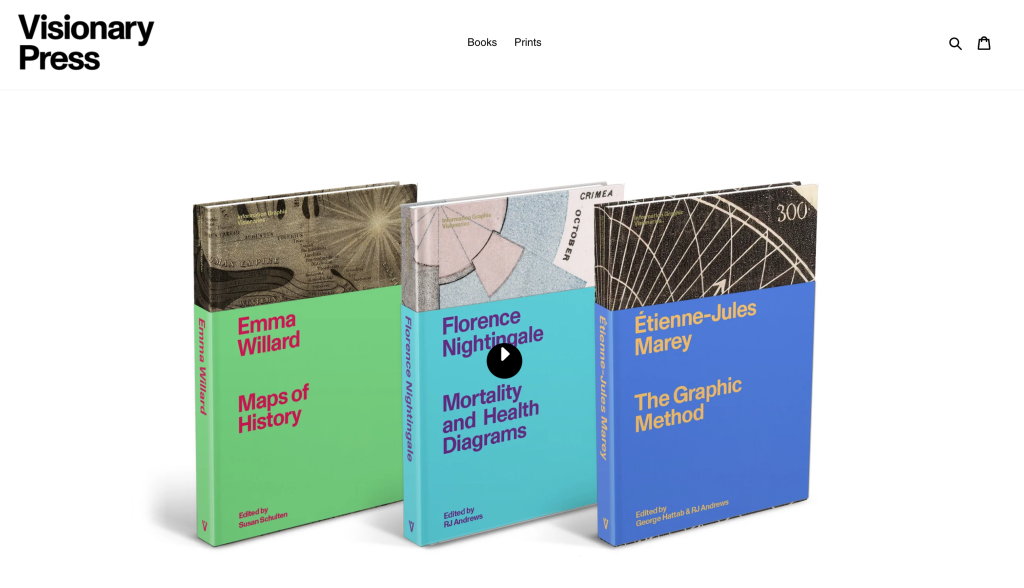
Anexo 2. Visionary Press
San Francisco, EEUU
Editorial de libros interesantes sobre mapas y gráficos.
En Twitter
Referencias: RJ Andrews

Anexo 3. Otras referencias
The Atlantic
Newsweek
The Daily Beast
Univision
Tampa Bay Times
The Huffington Post
Scientific American
Dallas Morning News





